The creators of ‘Shōgun’ explain the changes introduced in the latest FX series.
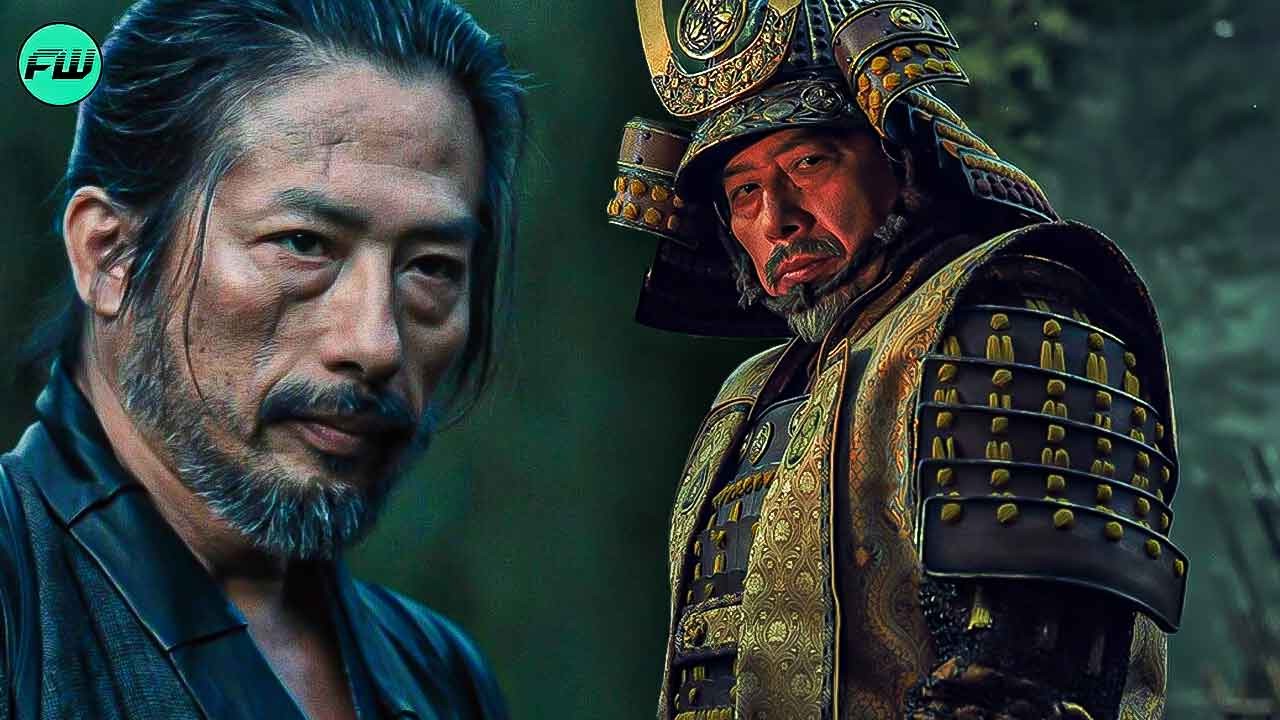
In an age where remakes and re-adaptations have earned a wildly detested reputation, Hiroyuki Sanada’s Shōgun may justify the need for a fresh iteration. The 2024 show is slated to revisit the 1975 novel of the same name by James Clavell, which was previously brought to audience entertainment on the television format in 1980.
The original miniseries was produced by Paramount Television and written by Eric Bercovici, and at the time was immensely well-received.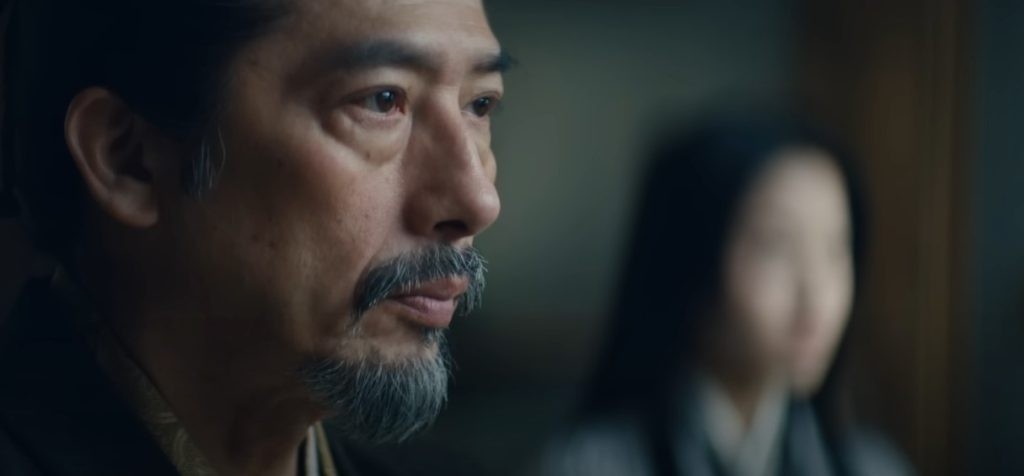 A still from Shōgun (2024). Credit: FX
A still from Shōgun (2024). Credit: FX
However, those acquainted with the first adaptation noticed that there was more to be told, and from a perspective that didn’t treat the Japanese point of view as secondary to English navigator John Blackthorne’s. This inclusivity characterizes the nuanced, complex story that Rachel Kondo, Justin Marks, and executive producer Michaela Clavell intend to tell in their recent limited series.
In a recent interview, the mentioned creatives discussed why the Sanada-led show was constructed with these elements and why the audiences would be more receptive to it.
Shōgun (2024) Creators Explained The Need For A Fresh Adaptation
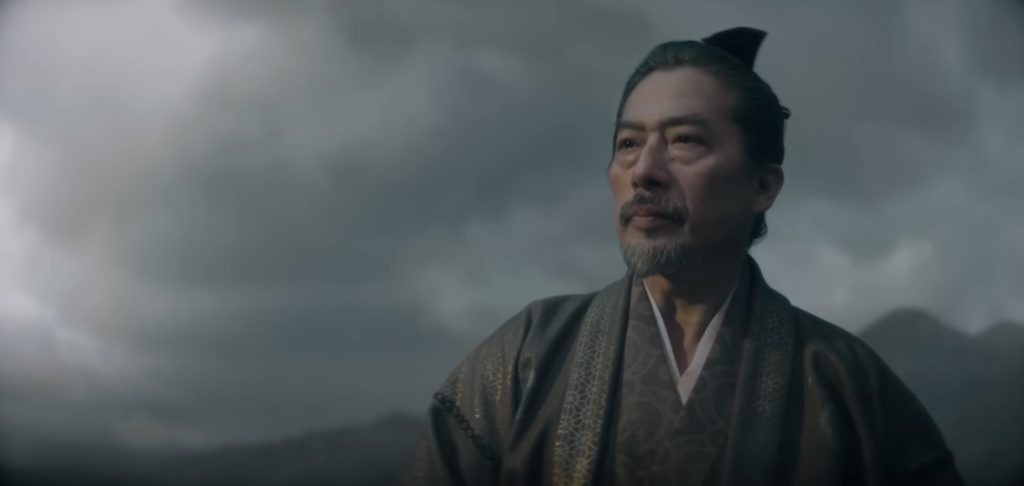 A still from Shōgun (2024). Credit: FX
A still from Shōgun (2024). Credit: FX
When the Japanese characters spoke in Japanese during the original broadcast of the 1980 Shōgun miniseries starring Richard Chamberlain, there were no subtitles to translate their dialogue.
Furthermore, the show’s frivolous accuracy in depicting historical events was poorly welcomed by some Japanese viewers. This is a complaint that even the lead actor and producer of the 2024 FX series, Hiroyuki Sanada, maintains, commenting (via The New York Times), “As a Japanese, I wanted to see something more real at the time, to be honest.”
In a recent interview with Hindustan Times, creators Justin Marks and Rachel Kondo, accompanied by James Clavell’s daughter, Michaela Clavell, who serves as executive producer on the show, delved into how the recent remake deviates from the original series’ treatment of the author’s 1975 novel.
They additionally reasoned the need for this adaptation, the aspects of the book they wish to highlight this time, and why audiences would be more receptive to the latest iteration.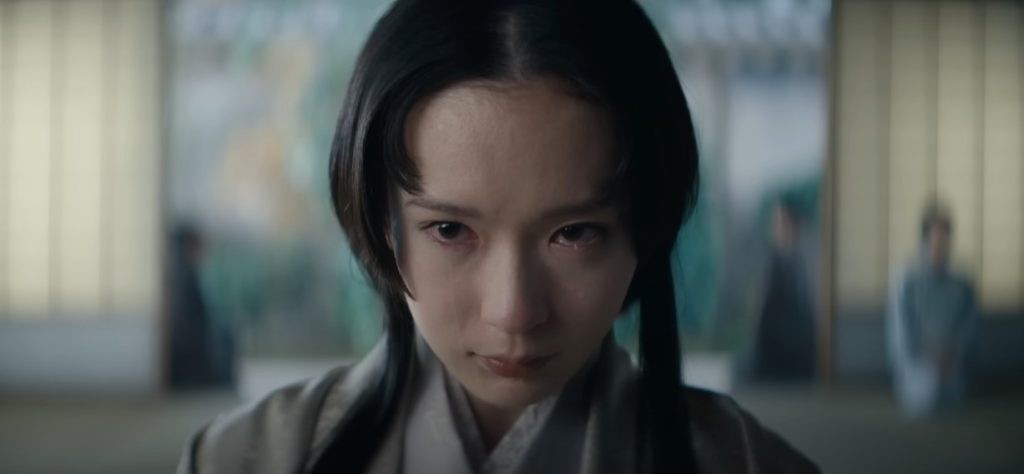 A still from Shōgun (2024). Credit: FX
A still from Shōgun (2024). Credit: FX
Clavell prefaced, “I can speak to why we made it… or felt that it was authentic to make it again is that you know, we have come a long way after the version that released for than forty years ago in so many ways.”
She continued:
“In our ability to tell a complex story, such as this book. Technologically, a lot more possibility. Also, the audience is much more receptive now to complex layers of history and storytelling.”
As Rachel Kondo chimed in about the audience’s appetite for subtitles, co-creator Justin Marks divulged why its incorporation, unlike the 1980 adaptation, expands the scope of storytelling and enhances the audience’s affinity to knowing these characters in a manner that conveys the narrative’s depth.
This further led to a conversation regarding FX’s Shōgun and its incorporation of the Japanese perspective, which was devoid in the original show.
The Importance Of Subtitling And Inclusion Of The Japanese Point-of-View
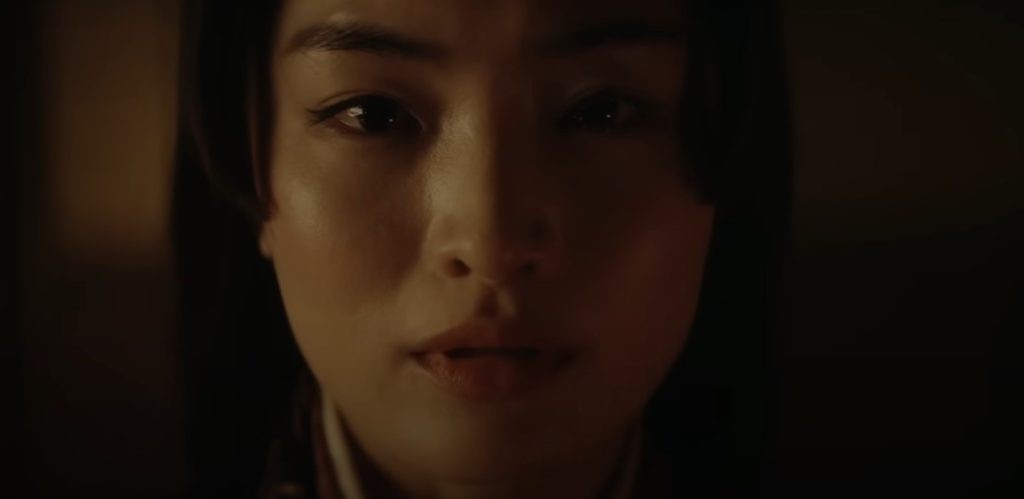 A still from Shōgun (2024). Credit: FX
A still from Shōgun (2024). Credit: FX
The latest iteration of Shōgun moves beyond a mere adaptation, where it feels like a reinvention and introspection of the material it takes from. Authenticity is the term most creatives attached to the premise have attributed to the 2024 remake, and it goes to show their understanding of the significance of adhering to the Japanese characters’ point-of-view, as much as John Blackthorne’s.
Thus, it transcends the Western outsider’s perception and adds the gripping depth that the story requires. Through subtitling (which offers a look into our characters’ minds) and creating a faithful historical backdrop, such is managed. Discussing the former element, co-creator Kondo affirmed, “There’s a lot of openness and appetite for subtitling these days,”
Expanding further, Justin Marks remarked:
“All the rest of the ensemble, you get their inner thoughts and … secret hearts. There’s an opportunity today when you can tell the story in subtitled Japanese and … bring the audience closer to those characters.”
 Shōgun (2024). Credit: FX
Shōgun (2024). Credit: FX
Providing insight into their thoughts, feelings, and motivations develops resonance among the audience, who are no longer privy to a ‘mystique’ surrounding such characters. In explaining the need for this inclusivity, Michaela Clavell chipped in:
“It is very much inclusive of the Japanese point of view. It is as much Toranaga’s (Hiroyuki Sanada) story, as much as it is and maybe even more, John Blackthorne’s (Cosmo Jarvis). So it is a very different and worthy perspective.”
In recruiting a Japanese crew along with consultants who can help do justice to the historical accuracy and characters’ perspective, the 2024 remake deals with its subject in a way that lives up to the authenticity promised by its creators and the actors.
FX’s Shōgun, set in 17th century Japan, revolves around the story of John Blackthorne (Cosmo Jarvis) and Lord Yoshii Toranaga (Hiroyuki Sanada) and has been touted as a “collision between two ambitious men from different worlds.” Enjoying equal relevance is Anna Sawai’s Lady Mariko, who, in the official synopsis, has been described as “a mysterious Christian noblewoman and the last of a disgraced line.”
Shōgun debuts on FX and Hulu on February 27.





